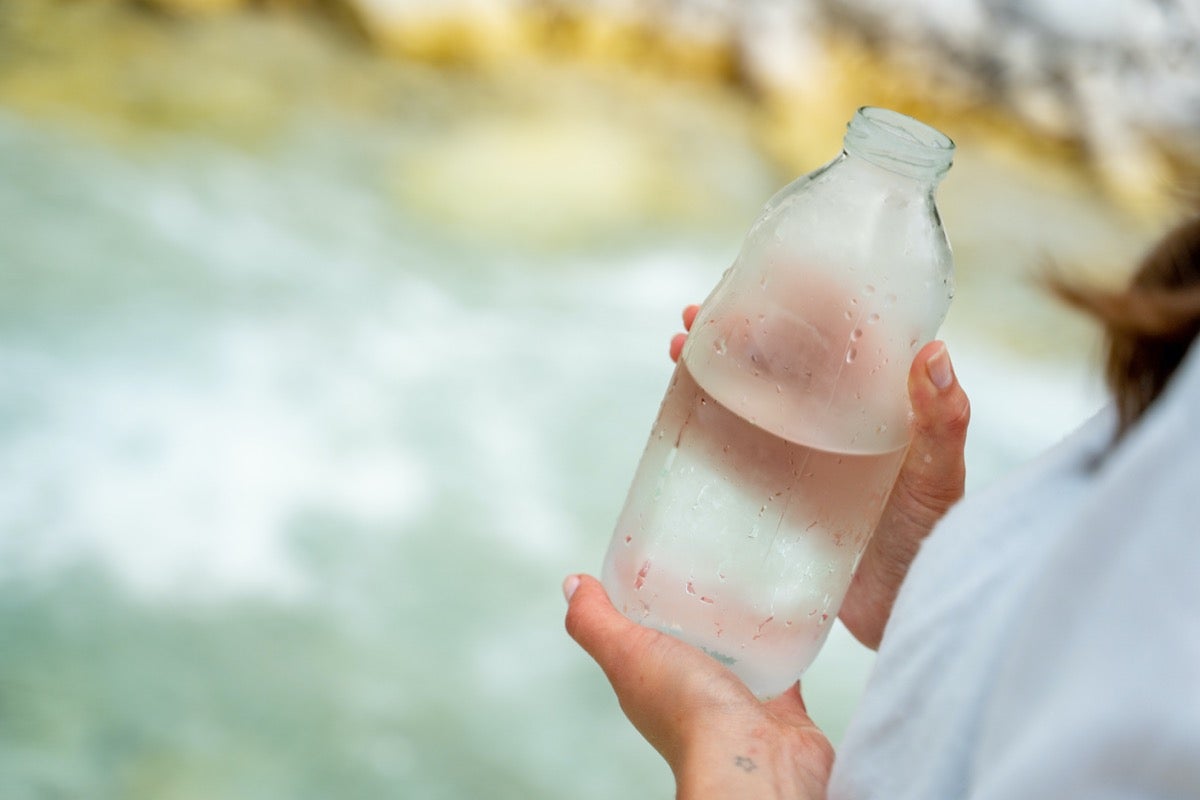

Articles
How To Store Distilled Water After Opening
Modified: May 6, 2024
Learn the best methods to store distilled water after opening in this informative article. Keep your water fresh and pure for longer periods.
(Many of the links in this article redirect to a specific reviewed product. Your purchase of these products through affiliate links helps to generate commission for Storables.com, at no extra cost. Learn more)
Introduction
Welcome to the world of distilled water! If you’re here, you probably know that distilled water is pure, free from impurities, and widely used for various purposes. However, once you open a container of distilled water, it’s important to store it properly to maintain its quality and ensure it remains safe to use. In this article, we will explore the best practices for storing distilled water after opening, so you can enjoy its benefits for an extended period of time.
Key Takeaways:
- Properly storing distilled water after opening is crucial to maintain its purity and safety. Follow recommended practices, such as resealing the original container and using sterilized bottles, to ensure the water remains fresh and suitable for various uses.
- Regularly checking for contamination or spoilage is essential to ensure the quality of distilled water. By observing appearance, odor, taste, and pH, you can catch any potential issues early and maintain the purity of the water.
Read more: How To Store Opened Distilled Water
Why is it Important to Store Distilled Water Properly?
Properly storing distilled water is essential for several reasons. First and foremost, distilled water is treated to remove all impurities, including minerals, chemicals, and microorganisms. This makes it safe for consumption, medical uses, and even household chores like cleaning sensitive electronic devices. However, once the container is opened, the previously sterile environment is compromised, and the risk of contamination increases.
Contaminants, such as bacteria, algae, or other microorganisms, can enter the container and multiply in the water if not stored correctly. This can lead to the growth of harmful bacteria and potentially cause health issues if consumed or used on the skin.
Furthermore, exposure to air, sunlight, and improper storage conditions can alter the quality of the distilled water. Oxidation can occur, which may affect the taste, odor, and overall purity of the water. Storing it properly helps maintain its integrity and ensures that it remains suitable for its intended use.
Additionally, some people store distilled water for emergency situations or times when access to clean water might be limited. In these cases, it becomes even more crucial to store the water properly, as it may be needed for drinking, cooking, or hygiene purposes.
By following the recommended storage methods, you can prolong the shelf life of distilled water and have peace of mind knowing that it is safe and ready to use whenever you need it.
Tips for Storing Distilled Water After Opening
Whether you use distilled water for drinking, cooking, or other purposes, here are some essential tips to ensure that it remains fresh and pure after opening:
- Keep it sealed: After opening the container of distilled water, always make sure to seal it properly. This helps prevent any contamination from air, dust, or other pollutants.
- Store in a cool and dark place: It is crucial to store distilled water away from direct sunlight and heat sources. Exposure to excessive heat can encourage the growth of bacteria or other microorganisms.
- Avoid fluctuating temperature: Temperature variations can have a negative impact on the quality of distilled water. It is best to store it in an environment where the temperature remains relatively stable.
- Use clean utensils: When transferring distilled water to a different container, always ensure that the utensils or bottles are clean and free from any contaminants. This includes using sterilized utensils or properly cleaned bottles.
- Keep away from chemicals: Store distilled water away from any chemicals, cleaning agents, or strong odors. These can potentially leak into the water and alter its purity.
- Label and date: It is a good practice to label the container with the date of opening. This helps you keep track of its shelf life and ensures that you use the oldest water first.
- Regularly check for contamination: Periodically inspect the distilled water for any signs of contamination, such as discoloration, strange odors, or the presence of particles. If you notice any abnormalities, it is best to discard the water.
These tips will help you maintain the quality and freshness of your distilled water, ensuring that it remains safe and suitable for your intended use.
Option 1: Re-sealing the Original Container
If the distilled water is stored in a container that is designed to be resealable, such as a plastic jug or a glass bottle with a screw-on cap, the simplest option is to reseal the original container.
When resealing the container:
- Ensure a tight seal: Make sure the cap or lid is securely tightened to create an airtight seal. This helps prevent any outside contaminants from entering the container.
- Check for any damage: Inspect the cap or lid for any cracks or damage that might compromise the seal. If the seal is compromised, it is best to transfer the water to a different container.
- Keep the container upright: Store the resealed container in an upright position to minimize the chance of leakage and to maintain the integrity of the seal.
This option is convenient and effective, especially if the original container is made with high-quality materials that ensure a proper seal. However, it’s important to note that not all containers are designed to be resealable, so make sure to check the packaging before attempting to reseal.
If the original container does not have a resealable feature or if you prefer to transfer the water to a different container, there are alternative options available, which we will explore next.
Option 2: Transferring to a Clean and Airtight Container
If the original container of distilled water is not resealable or if you prefer to use a different container, transferring the water to a clean and airtight container is a great option for storing it effectively.
Here is how you can transfer the distilled water:
- Select a suitable container: Choose a container that is made of a food-grade material, such as glass or BPA-free plastic. Ensure that the container is clean and free from any contaminants.
- Sterilize the container: Before transferring the distilled water, sterilize the container by washing it with hot, soapy water, and rinse it thoroughly. You can also use a mild bleach solution or boiling water to sterilize the container.
- Transfer the distilled water: Carefully pour the distilled water into the clean container, ensuring that you do not introduce any debris or contaminants during the process.
- Seal the container: Once the distilled water is transferred, securely seal the container to create an airtight seal, minimizing the risk of contamination.
When storing distilled water in a transferred container, remember to follow the other storage tips mentioned earlier, such as keeping it in a cool and dark place, away from chemicals, and regularly checking for contamination.
Transferring the distilled water to a clean and airtight container allows for better control over the storage environment, ensuring that the water remains fresh and safe for consumption or other uses.
Keep in mind that the cleanliness and airtightness of the container are crucial to maintain the quality of the distilled water, so make sure to clean and seal the container properly before transferring the water.
Read more: How To Store Distilled Water
Option 3: Using Sterilized Bottles or Jars
Another effective method for storing distilled water after opening is to use sterilized bottles or jars. This option is particularly useful if you have a collection of small containers or if you want to portion out the water for convenience.
Here are the steps to follow when using sterilized bottles or jars:
- Select sterilized containers: Choose bottles or jars that are specifically designed for food storage and have been properly sterilized. You can sterilize the containers by boiling them in water for a few minutes or using a sterilization solution.
- Ensure cleanliness: Before pouring the distilled water, ensure that the bottles or jars are thoroughly cleaned and free from any dirt or residue. Rinse them with hot water to remove any remaining cleaning agents.
- Pour the distilled water: Carefully pour the distilled water into the sterilized bottles or jars, leaving some headspace to allow for expansion if freezing.
- Seal the containers: Securely seal each container to create an airtight seal. This helps maintain the freshness and purity of the distilled water.
- Label and date: It’s a good practice to label each container with the date of storage to track the freshness of the water. This is especially important if you plan to use the water on a rotational basis.
By using sterilized bottles or jars, you can ensure that the distilled water remains uncontaminated and ready to use whenever needed. It also allows for easy portioning and reduces the risk of cross-contamination.
Remember to store the sterilized bottles or jars in a cool, dark place, away from direct sunlight, and follow the other storage tips mentioned earlier to maintain the quality of the distilled water.
Using sterilized bottles or jars is a convenient option, especially when you want to store specific amounts of distilled water or have individual servings readily available.
Store distilled water in a clean, airtight container away from direct sunlight and heat sources. This will help prevent contamination and maintain its purity.
Option 4: Adding a Preservative Agent
If you wish to extend the shelf life of distilled water after opening, you can consider adding a preservative agent to prevent the growth of bacteria or microorganisms. This option is particularly useful if you anticipate storing the water for an extended period or if you live in environments where contamination is a concern.
Here’s how you can add a preservative agent to distilled water:
- Choose a suitable preservative agent: Select a preservative agent that is safe for consumption and compatible with distilled water. Common options include food-grade hydrogen peroxide, potassium metabisulfite, or sodium benzoate. Follow the recommended dosage provided by the manufacturer.
- Mix the preservative agent: Dilute the preservative agent with a small amount of distilled water in a separate container, following the instructions provided. Stir gently to ensure proper dispersion.
- Add the diluted agent to the distilled water: Pour the diluted preservative agent into the container of distilled water. Stir gently to distribute the preservative evenly throughout the water.
- Seal the container: Securely seal the container to maintain its airtightness, preventing the entry of contaminants.
Adding a preservative agent can help inhibit the growth of bacteria and microorganisms, extending the shelf life of the distilled water. However, it’s important to note that using preservatives may alter the taste or odor of the water. If you’re using the water for drinking purposes, make sure you are comfortable with the taste and odor of the preservative-treated water.
Remember to label the container with the date of storage and follow the general guidelines for storing distilled water, such as keeping it in a cool, dark place and periodically checking for contamination.
This option is especially useful when you anticipate storing distilled water for an extended period or in environments where microbial contamination is a concern. However, ensure you use the appropriate preservative agent and follow the instructions for dosage to maintain the water’s safety and quality.
Option 5: Storing in the Refrigerator
If you want to ensure the longevity of your distilled water after opening, storing it in the refrigerator is a great option. The lower temperature inside the refrigerator helps slow down the growth of bacteria and microorganisms, preserving the freshness and quality of the water for a longer period.
Here are the steps to follow when storing distilled water in the refrigerator:
- Choose a suitable container: Select a container that is designed for food storage and is clean and airtight. Glass or BPA-free plastic containers are ideal for this purpose.
- Pour the distilled water: Carefully pour the distilled water into the container, leaving some headspace to allow for expansion if freezing.
- Seal the container: Ensure the container is tightly sealed to prevent any air or contaminants from entering.
- Place in the refrigerator: Put the sealed container of distilled water in the refrigerator, preferably on a shelf away from strong-smelling foods to avoid any potential odors transferring to the water.
By storing the distilled water in the refrigerator, you can maintain its freshness and purity for an extended period. It’s important to note that while refrigeration helps prolong the shelf life, it doesn’t make the water indefinitely safe for consumption. It’s recommended to follow the expiration date or the guidelines provided by the manufacturer.
Remember to label the container with the date of storage to keep track of its freshness. Additionally, periodically check the water for any signs of contamination or spoilage and discard it if you notice any abnormalities.
Storing distilled water in the refrigerator is a simple and effective way to ensure its longevity while keeping it cool and refreshing for your consumption or other uses.
Option 6: Protecting from Sunlight and Heat Exposure
Distilled water is sensitive to sunlight and heat, which can degrade its quality and potentially lead to bacterial growth. Therefore, it is crucial to protect it from direct sunlight and excessive heat exposure to maintain its purity and integrity.
Here’s how you can protect distilled water from sunlight and heat exposure:
- Store in a cool, dark place: Choose a storage location that is away from direct sunlight and heat sources. A pantry, cabinet, or closet in a temperature-controlled room is ideal for preserving the quality of the distilled water.
- Avoid windows or areas prone to temperature fluctuations: Sunlight and fluctuating temperatures can accelerate the degradation process. Keep the water away from windows or other areas where it may be exposed to direct sunlight or temperature fluctuations.
- Consider using tinted or opaque containers: If you prefer to use a different container for storing distilled water, opt for a tinted or opaque container. This helps to block out sunlight and protect the water from UV rays.
- Keep the container properly sealed: Ensure that the container is tightly and securely sealed to prevent air, moisture, and potential contaminants from entering.
- Avoid storing near heat-emitting appliances: Keep the distilled water away from appliances that generate heat, such as ovens, stoves, or radiators. Excessive heat can compromise the quality of the water and create an environment conducive to bacterial growth.
By safeguarding distilled water from sunlight and heat exposure, you can maintain its freshness and purity over an extended period. Proper storage in a cool, dark place helps to preserve the water’s quality, taste, and odor, ensuring that it remains safe for consumption or other uses.
Remember to check for any signs of contamination or spoilage periodically. If you notice any changes in color, odor, or the presence of particles, it’s best to discard the water to ensure your health and safety.
Protecting distilled water from sunlight and heat exposure is a crucial step in maintaining its quality and ensuring its suitability for various purposes.
Read more: How To Store Ketchup After Opening
Option 7: Checking for Contamination or Spoilage
Regularly checking distilled water for contamination or spoilage is an important step in ensuring its quality and safety. Even with proper storage methods, there is still a possibility of contamination over time. By staying vigilant and conducting periodic checks, you can catch any potential issues early on and take appropriate action.
Here’s how you can check for contamination or spoilage of distilled water:
- Observe the water’s appearance: Take a close look at the distilled water. It should be clear and free from any cloudiness, discoloration, or floating particles. Any abnormalities in appearance could indicate contamination.
- Check for strange odors: Give the water a sniff. It should have no unusual or foul odors. If you detect any unpleasant or strange smells, it may indicate bacterial growth or contamination.
- Note the taste: Take a small sip of the water and assess its taste. It should be bland and tasteless. Any unusual or off flavors can be an indication of spoilage or contamination.
- Look for signs of mold or algae: Inspect the container and the water for any signs of mold growth or algae. These visual indicators suggest that the water has been contaminated and should be discarded.
- Check for changes in pH: If you have the means to measure pH, you can test the distilled water for any significant changes in acidity or alkalinity. Drastic shifts in pH levels may indicate microbial contamination.
If you notice any of these signs, it is important to discard the distilled water immediately. Consuming contaminated water can pose health risks and may lead to illness or infections.
Remember, regular checks for contamination or spoilage are crucial, even if the water has been stored properly. It’s better to err on the side of caution and discard any water that shows signs of contamination.
By incorporating this checking step into your regular routine, you can ensure that the distilled water you use remains pure and free from any potential contaminants, providing you with the best quality water for your needs.
Conclusion
Properly storing distilled water after opening is vital to maintain its purity, freshness, and safety. Whether you use it for drinking, cooking, or various household tasks, following the right storage practices can ensure that the water remains in optimal condition for an extended period.
Throughout this article, we have explored several options for storing distilled water after opening. By resealing the original container, transferring it to a clean and airtight container, using sterilized bottles or jars, adding a preservative agent, storing it in the refrigerator, protecting it from sunlight and heat exposure, and regularly checking for contamination or spoilage, you can effectively preserve the quality of the water.
Remember to always follow the manufacturer’s instructions and guidelines for storing distilled water, as well as any expiration dates provided. Additionally, pay attention to the cleanliness of the containers, the integrity of seals, and any signs of contamination, such as discoloration, strange odors, or the presence of particles.
By implementing these storage tips, you can confidently enjoy the benefits of distilled water while ensuring its safety and efficacy. Whether it’s for drinking, cooking, or other uses, properly stored distilled water will continue to serve you well.
Stay informed, stay vigilant, and enjoy the pure refreshment that distilled water provides!
Now that you've got insights on keeping distilled water pure, why not tackle another common household challenge? If your cleaning closet feels cluttered, our next guide offers smart solutions to get everything in order. With clever storage tips, you'll transform that chaotic space into a well-organized haven, making each cleaning tool easily accessible and neatly stored away. Ready to spruce up your cleaning area? Check out our guide full of practical advice!
Frequently Asked Questions about How To Store Distilled Water After Opening
Was this page helpful?
At Storables.com, we guarantee accurate and reliable information. Our content, validated by Expert Board Contributors, is crafted following stringent Editorial Policies. We're committed to providing you with well-researched, expert-backed insights for all your informational needs.
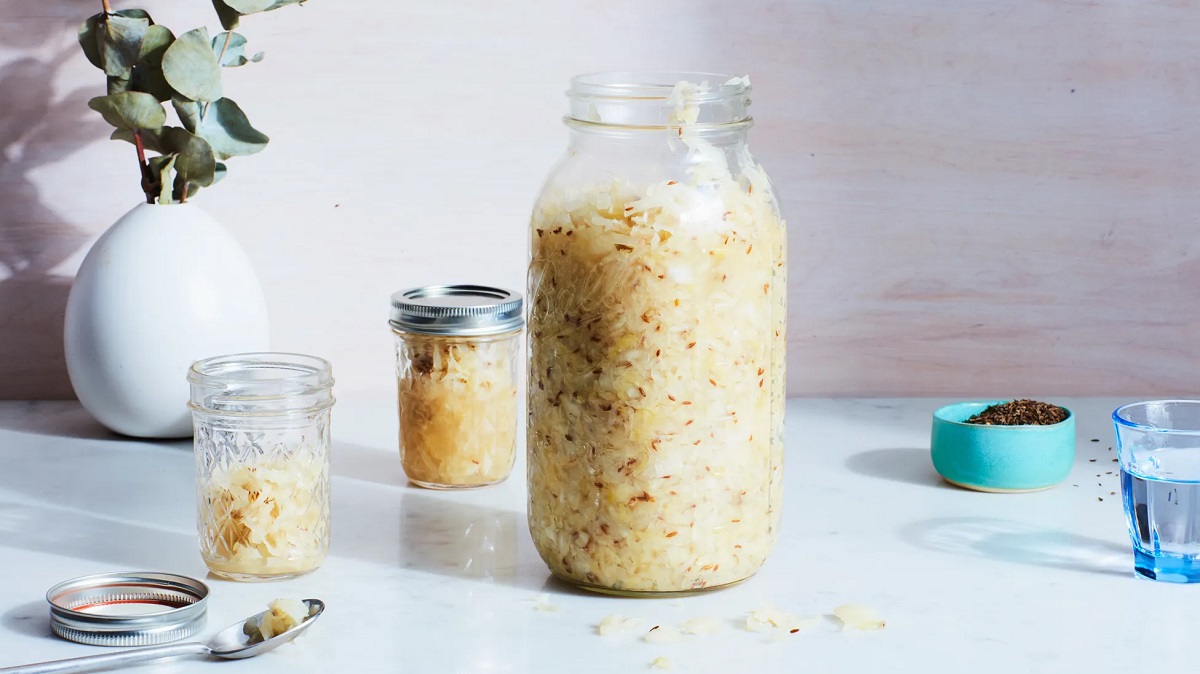
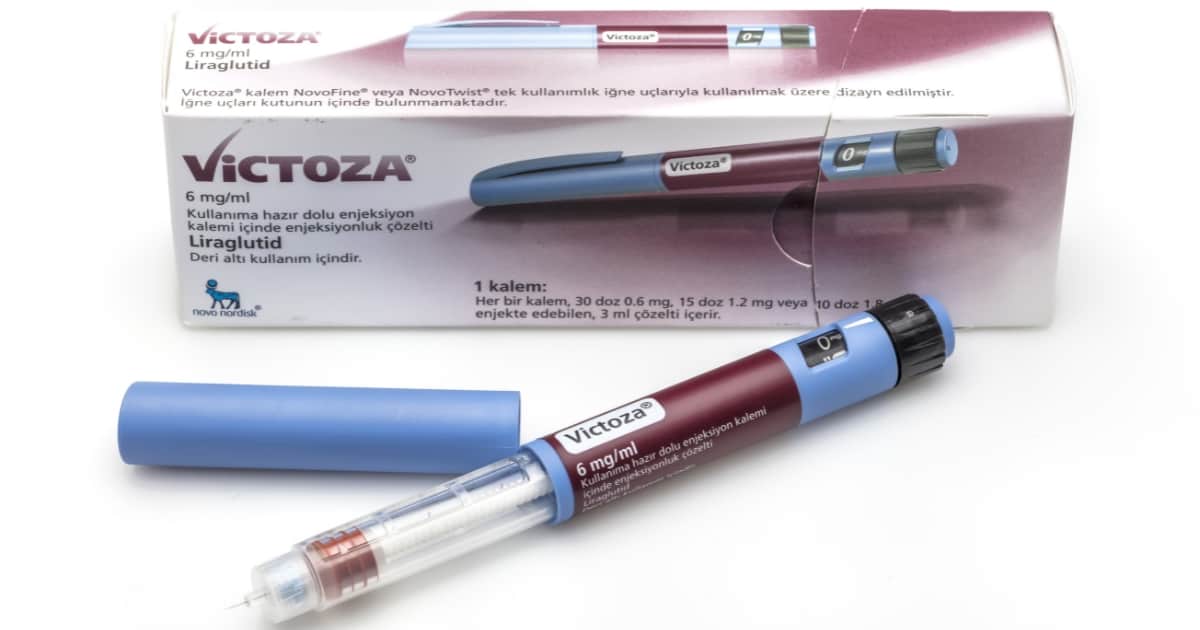

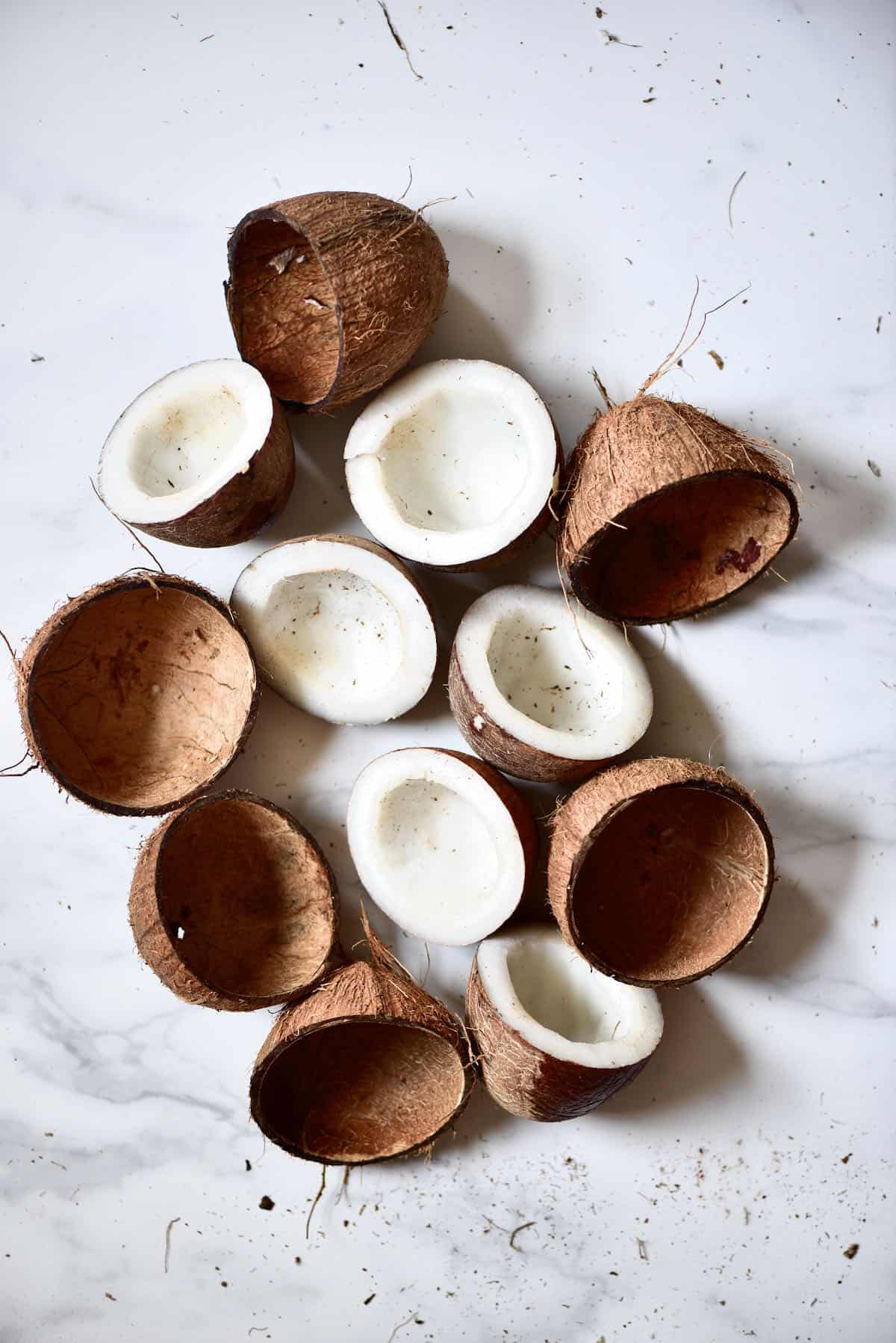


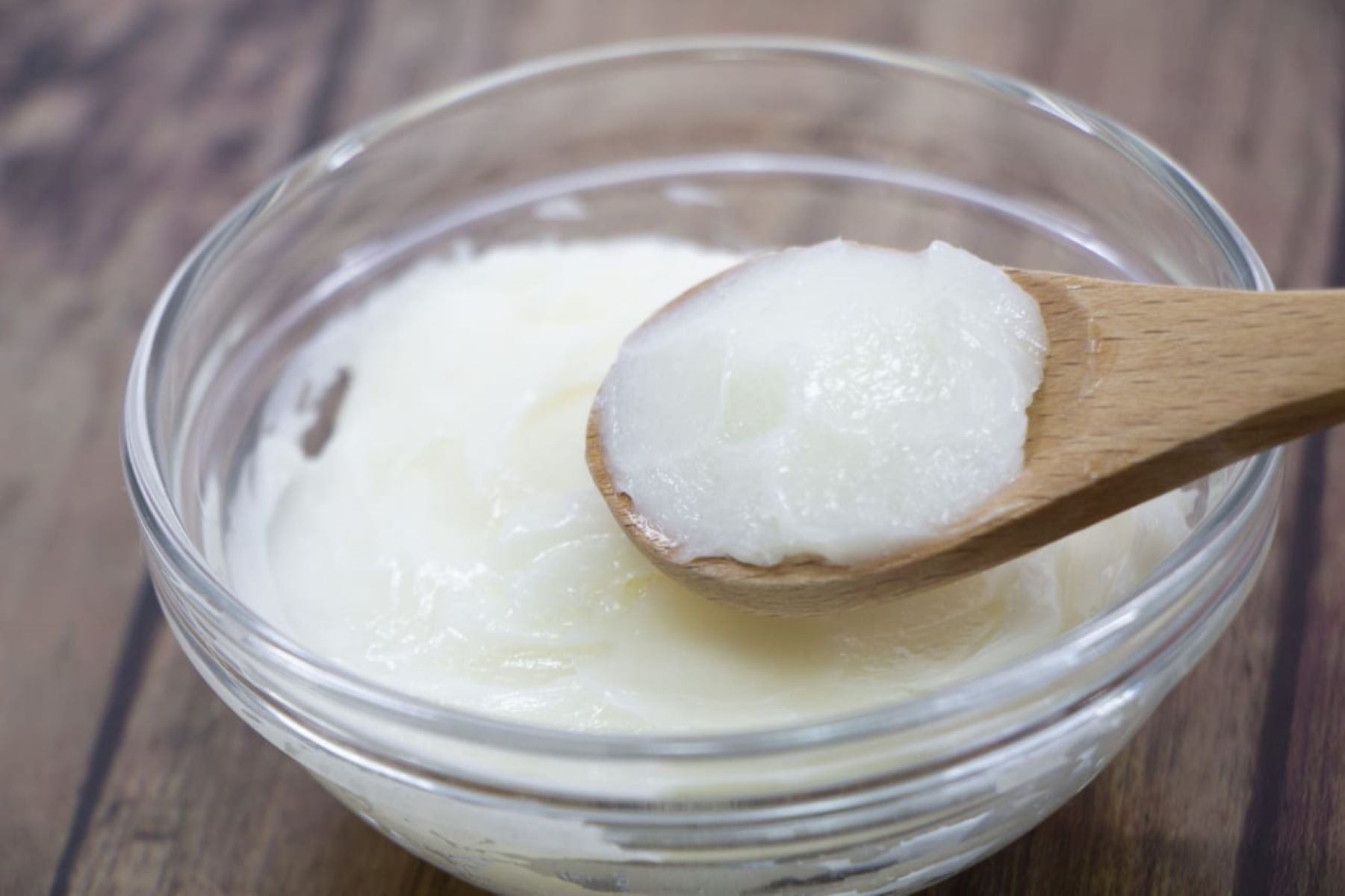
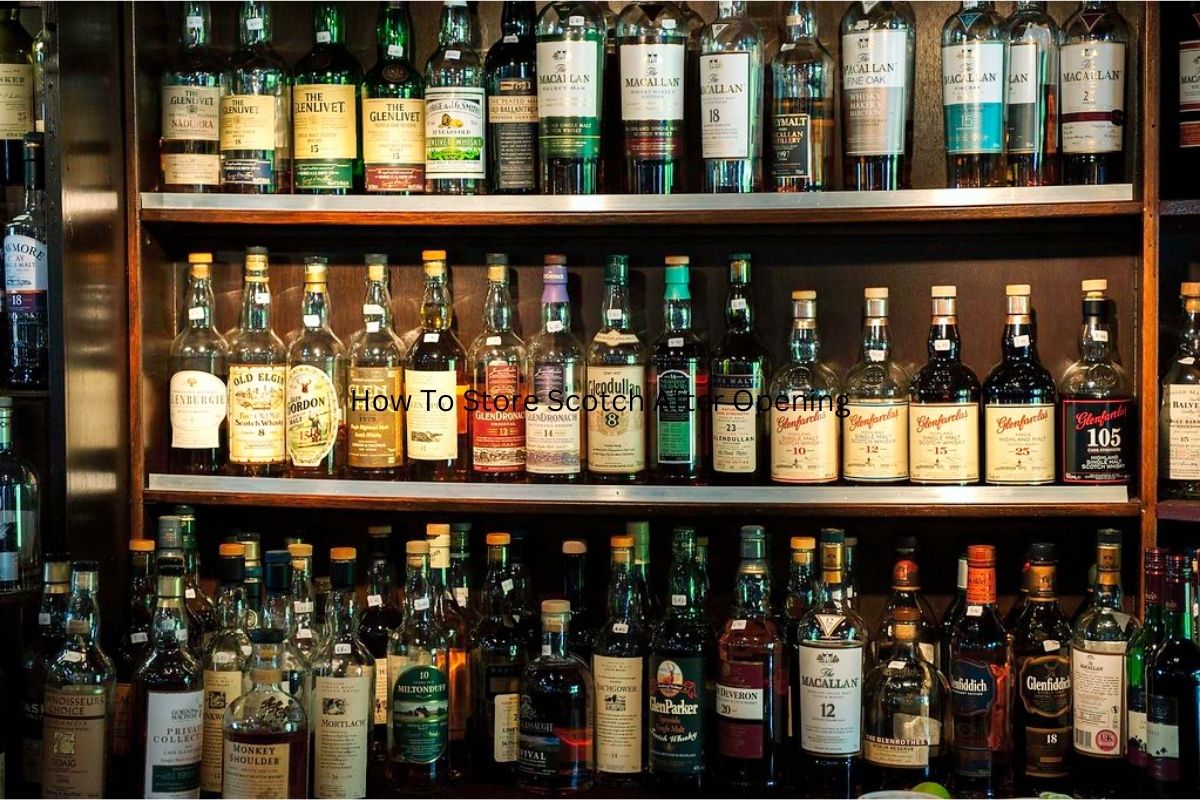
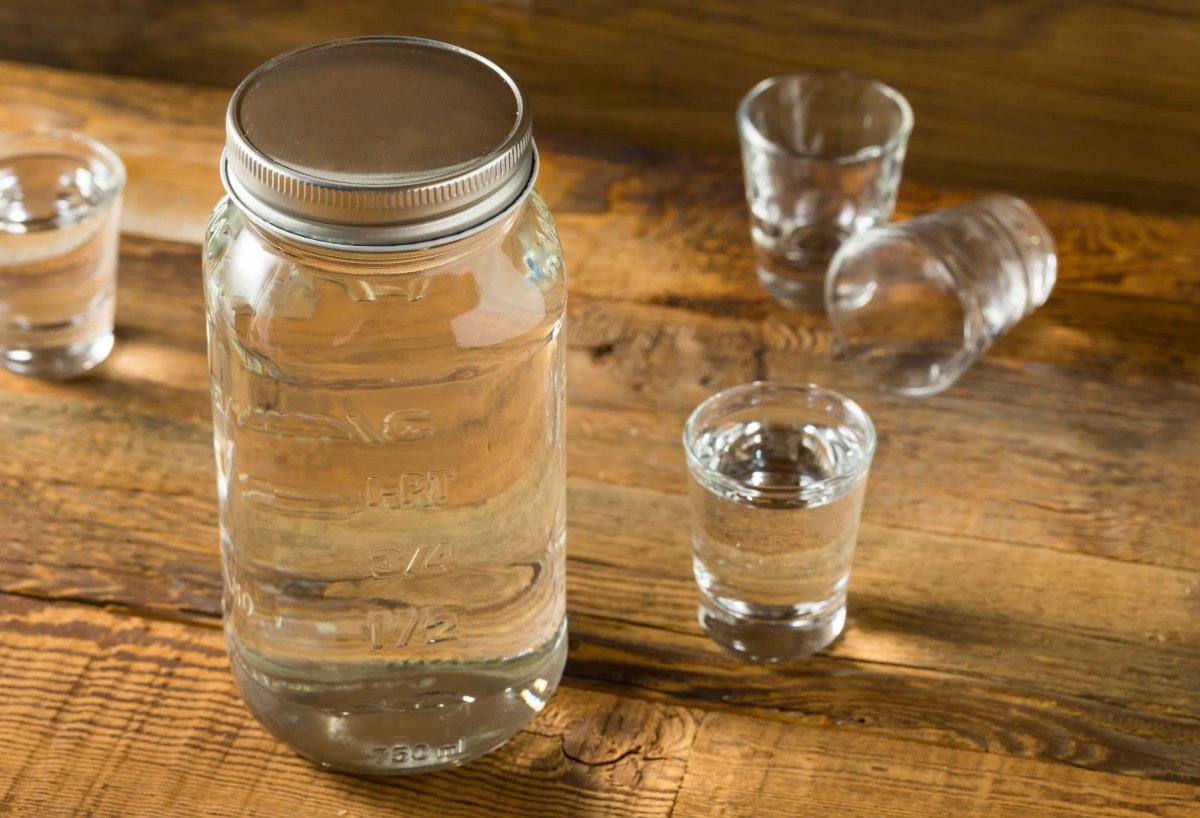
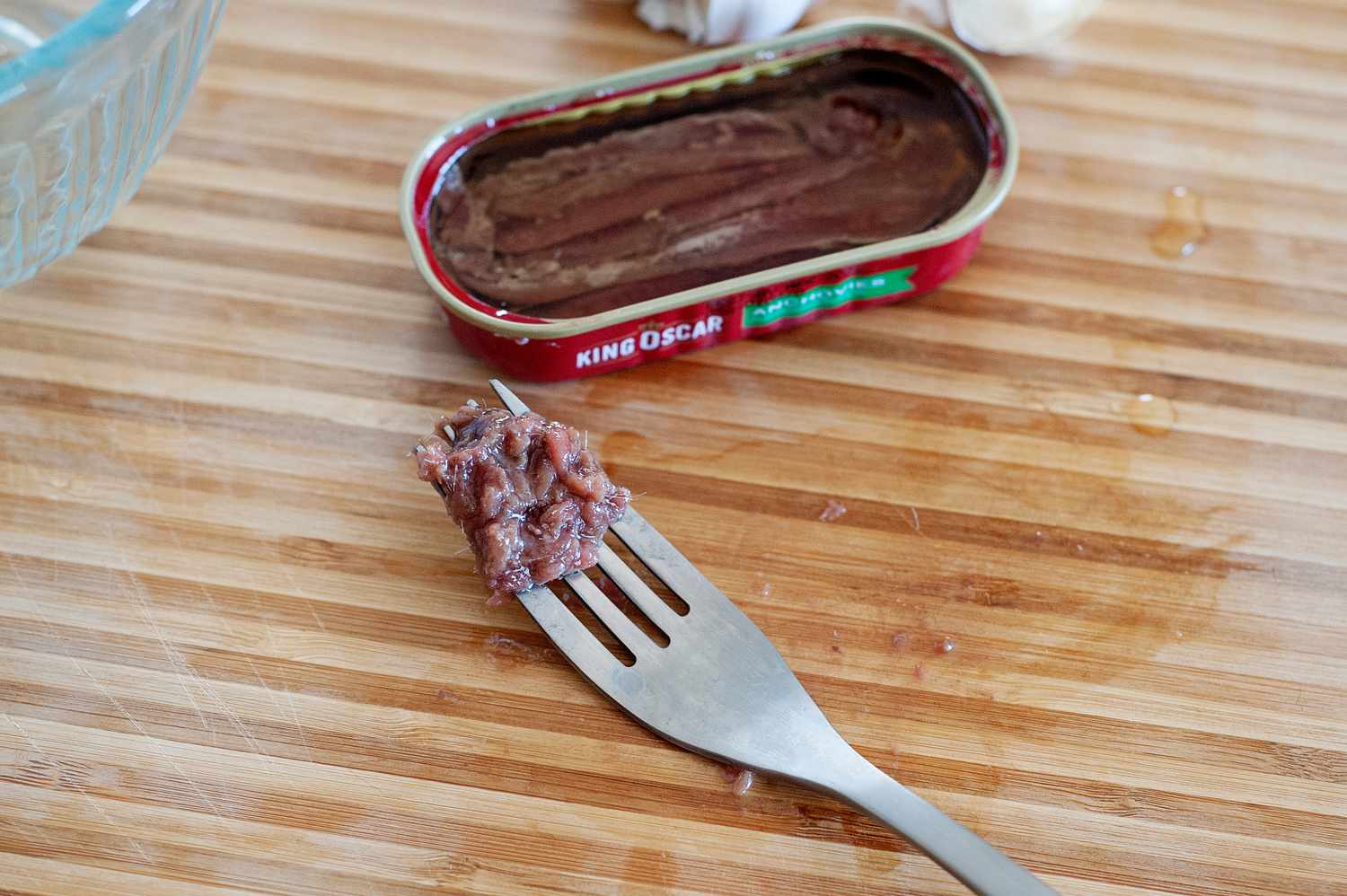


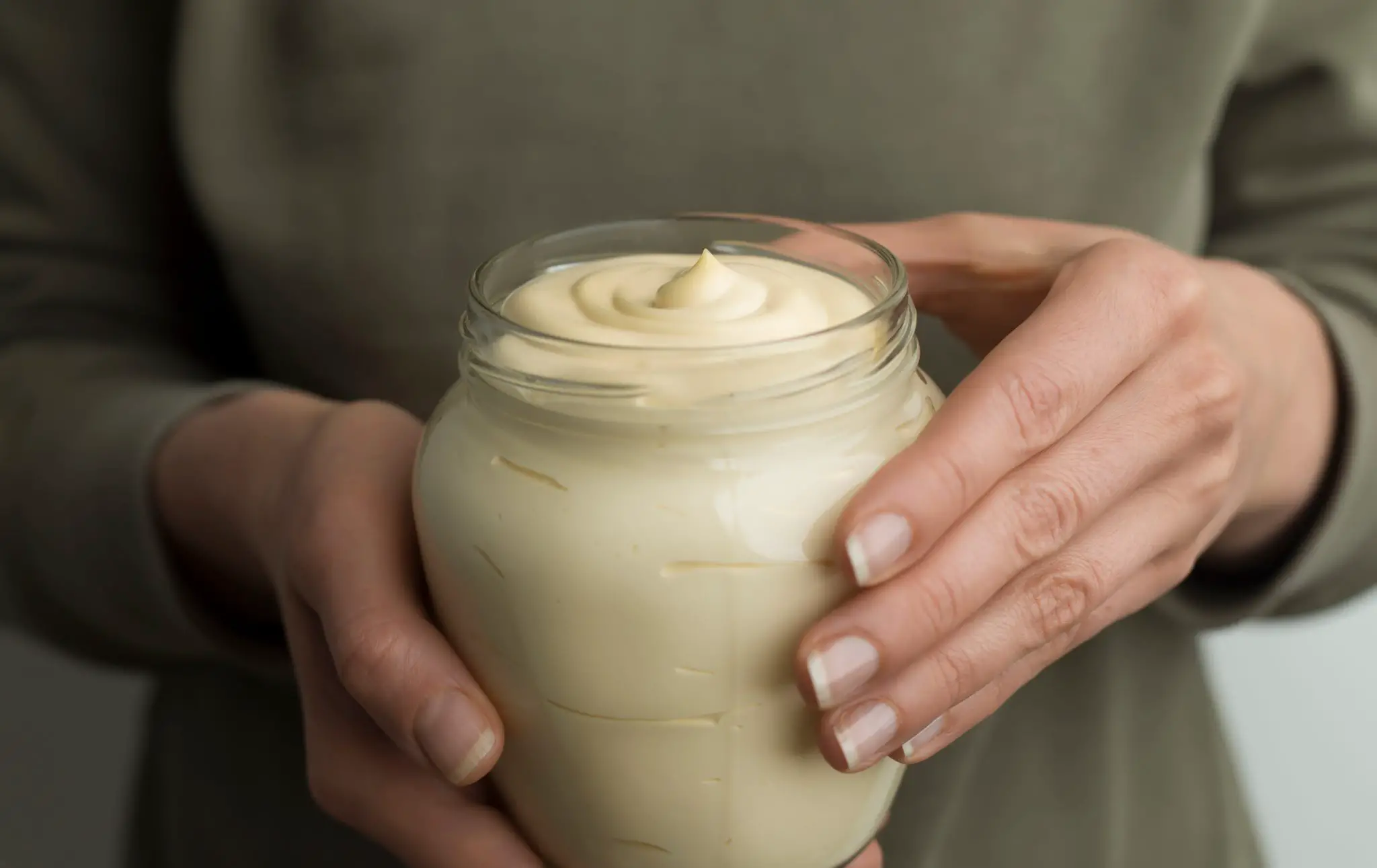

0 thoughts on “How To Store Distilled Water After Opening”